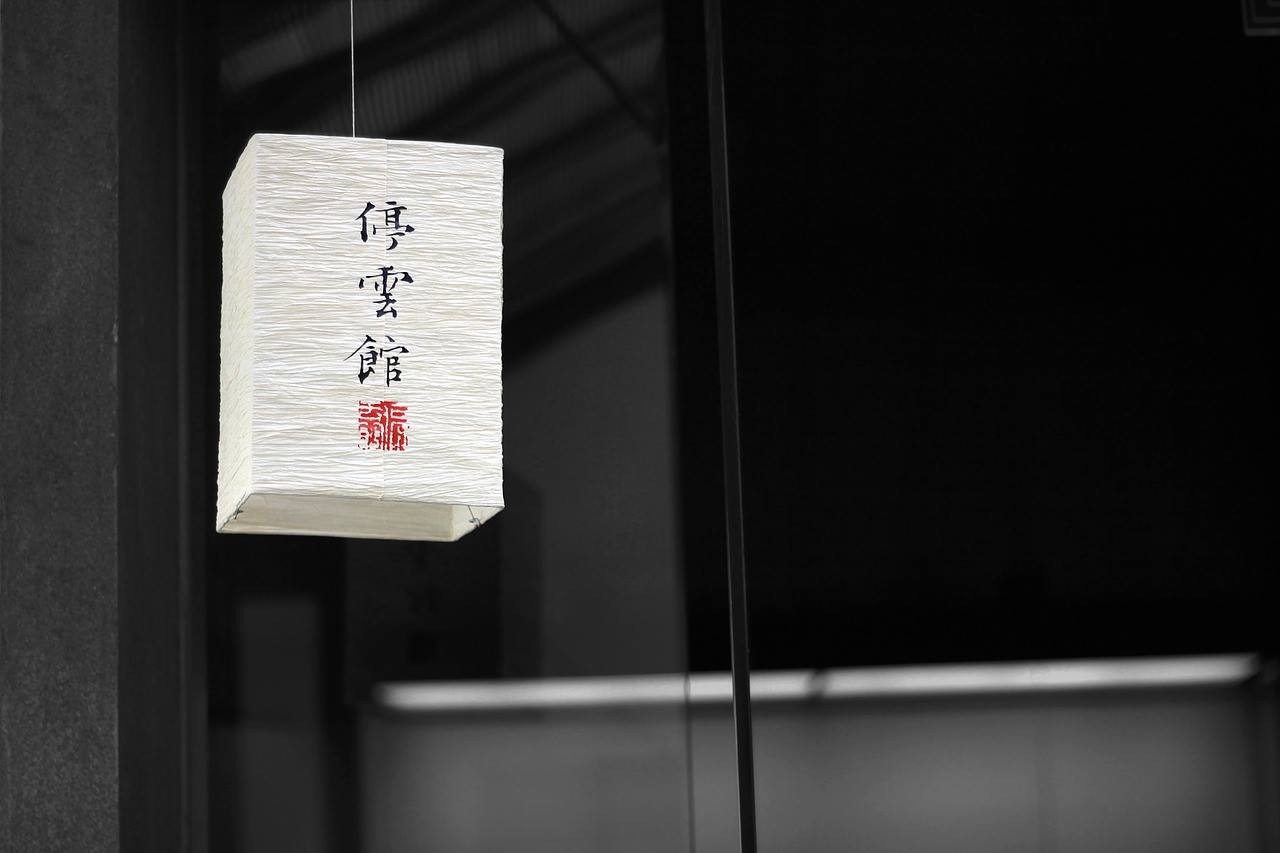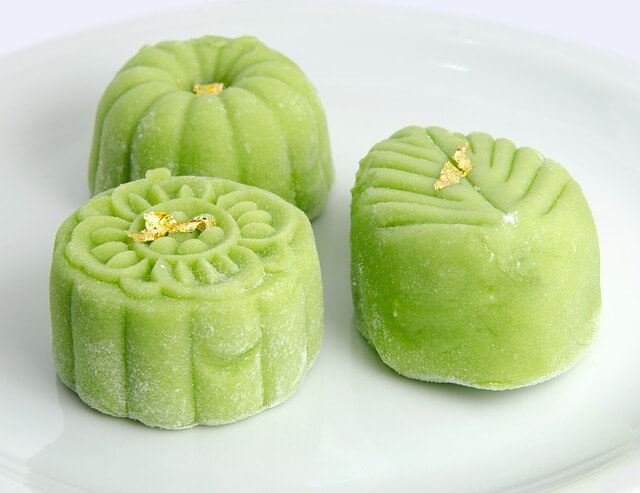
Practice Your Chinese Pinyin Pronunciation with Chinese 4 Tones Audio
Having a strong foundation of Chinese Pinyin pronunciation is so vital if you want to speak perfect Chinese in the long run. Without the fundamental basis of getting the Chinese vowels and consonants sound right, your Mandarin pronunciation will never improve.
I have prepared some Chinese Pinyin pronunciation on the Chinese 4 Tones. You have to hear them as many times as possible. Not only that, you have to say it out loud and listen to your intonation.
The best way to improve your Chinese Pinyin is to look at the Pinyin spelling while you listen. Over time, your brain can associate the sound along with the orthography. This method can help you pick up the pronunciation of new words faster.
Chinese Pinyin Pronunciation Guide
The Chinese accent marks are placed on the vowel in Hanyu Pinyin. If there are two vowels, place it on the one that comes first in the [ a o e i u ü ] sequence.
0. Neutral Tone – Example [ Ma | 吗 ]
No marked accent. The sound is lighter than the first Chinese tone, but it doesn’t make much difference. The sound effect is gentle and airy which you utter it softly.
1. [ ¯ ] A straight line – Example [ā]
The pronunciation of the first Chinese tone should be light and airy. Use a higher pitch to pronounce it. The straight line indicates that the tone of the sound should remain constant from start to end. Do not apply force when pronouncing it. Drag the sound a little bit longer than the other three tones.
2. [ ′ ] : A tick – Example [ó]
The tick sign symbolizes that the sound rises from low to high. The second Chinese vowel sound starts with a lower tone than the first one above. Increase the pitch of the tone gradually. Apply a slight force in pronouncing the word. You should hear that the ending tone is higher than the start.
3. [ v ] : A small v – Example [ ě ]
The sound dives down to a medium and then raise up again. It is not so easy to feel the dip and rise of this tone. Speak and pronounce the word slowly so you can hear the difference. Dictate this third vowel in a lower pitch. The overall sound should be on a lower note than the first two above.
4. [ `] : A dip – Example [ ì ] [ ù ]
A dip down which is a direct contrast to the second Chinese tone. Apply all your force to pronounce the sound firmly and sharply. Do not drag the pronunciation of this tone. End it off abruptly so you can get the correct intonation. The fourth tone of the vowel has the lowest pitch among all.
Tip: Remember the four Chinese accents as
{ line, tick, v, dip }.
How to Improve Chinese Pinyin Pronunciation Intonation?
I have given you some unorthodox ways to handle the Chinese 4 Tones. Hope you are still alive by now. To make you understand better, I have prepared 25 audio files on Chinese intonation examples.
What you have to do daily, and I really mean every day, is to pick any examples and repeat the sound over and over again until you can distinguish and say out the Chinese 4 Tones correctly and with ease.
If you practice and improve on this simple tonal language exercise, you are going to amaze the world with your perfect Chinese diction which is what most non-Chinese learners cannot do it.
How well you pronounce a Chinese word is dependent on how well you have heard it. That was what my Dutch teacher specializing in logopedics told us.
You can practice while going to work, at home or whenever you can to the extent of the hearing the Chinese 4 Tones ringing in your ears.
Ready for the Pinyin Tones Challenge?
Note: The first sound may be cut-off at times. If this happens, you have to play another time to get the first sound out.
Mā Má Mǎ Mà
Lā Lá Lǎ Là
Bā Bá Bǎ Bà
Dā Dá Dǎ Dà
Wā Wá Wǎ Wà
Yā Yá Yǎ Yà
Āi Ái Ǎi Ài
Ān Án Ǎn Àn
Āo Áo Ǎo Ào
Mō Mó Mǒ Mò
Bō Bó Bǒ Bò
Pō Pó Pǒ Pò
Gē Gé Gě Gè
Kē Ké Kě Kè
Yē Yé Yě Yè
Cī Cí Cǐ Cì
Jī Jí Jǐ Jì
Nī Ní Nǐ Nì
Qī Qí Qǐ Qì
Xī Xí Xǐ Xì
Xū Xú Xǔ Xù
Wū Wú Wǔ Wù
Jū Jú Jǔ Jù
Qū Qú Qǔ Qù
Yū Yú Yǔ Yù
Want More Chinese Pinyin Pronunciation Practice?
Do you like these audio files? In the next few articles, we will dissect further and distinguish the difference between a few consonants that sound alike. I will share with you how to pronounce more distinctively for B, P and D, T sound. It is especially useful if you have a problem getting the Chinese pronunciation right.





